
Alexander Emmanuel Rodolphe Agassiz, son of Louis Agassiz and stepson of Elizabeth Cabot Agassiz, was an American scientist and engineer.

Jean Louis Rodolphe Agassiz FRS (For) FRSE was a Swiss-born American biologist and geologist who is recognized as a scholar of Earth's natural history.
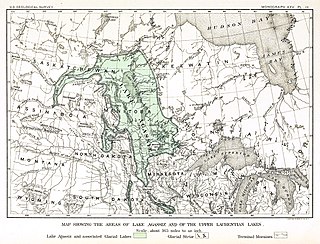
Lake Agassiz was a large proglacial lake that existed in central North America during late Pleistocene, fed by meltwater from the retreating Laurentide Ice Sheet at the end of the last glacial period. At its peak, the lake's area was larger than all of the modern Great Lakes combined.

The Lamnidae are the family of mackerel sharks known as white sharks. They are large, fast-swimming predatory fish found in oceans worldwide, though prefer environments with colder water. The name of the family is formed from the Greek word lamna, which means "fish of prey", and was derived from the Greek legendary creature, the Lamia.

Agassiz Wilderness was designated in 1976 by the United States Congress and has a total of 4,000 acres (16 km2). It is located in the U.S. state of Minnesota. The wilderness is in Agassiz National Wildlife Refuge and is managed by the U.S. Fish and Wildlife Service. Well known for being a prime habitat for over 300 bird species, 49 mammal, 12 amphibian, and 9 reptile species have also been identified.

Agassiz is a small community located in the Eastern Fraser Valley region of British Columbia, Canada, about 97 kilometres east of Vancouver and 24 kilometres north-east of the city of Chilliwack. The only town within the jurisdiction of the District Municipality of Kent, it contains the majority of Kent's population.

Palaeoniscum is an extinct genus of ray-finned fish from the Permian period (Guadalupian-Lopingian) of England, Germany, Turkey, North America and Greenland, and possibly other regions. The genus was named Palaeoniscum in 1818 by Henri Marie Ducrotay de Blainville, but was later misspelled as Palaeoniscus by Blainville and other authors. Palaeoniscum belongs to the family Palaeoniscidae.
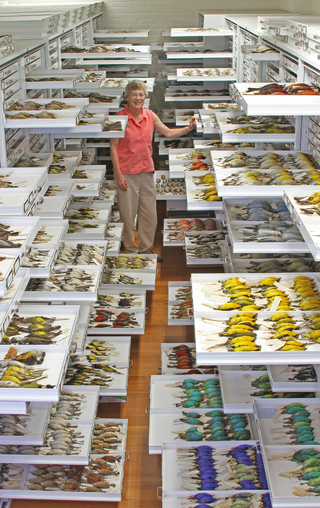
The Museum of Comparative Zoology is a zoology museum located on the grounds of Harvard University in Cambridge, Massachusetts. It is one of three natural-history research museums at Harvard, whose public face is the Harvard Museum of Natural History. Harvard MCZ's collections consist of some 21 million specimens, of which several thousand are on rotating display at the public museum. In July 2021, Gonzalo Giribet, Alexander Agassiz Professor of Zoology at Harvard and Curator of Invertebrate Zoology, was announced as the new director of the museum.

The Monoliths, formerly known as Agassiz Rock, is a 116-acre (47 ha) park in Manchester-by-the-Sea, Massachusetts, owned and maintained by The Trustees of Reservations. The park's name is from two examples of large glacial erratic boulders plucked from bedrock. As glaciers scoured this landscape, the mass of bedrock forming the hill proved more resistant than the surrounding soil, forcing the bottom of the glacier up and over the hill. The north side was smoothed and the south side left steep and rugged as the glacier broke off chunks of rock as it passed.

Agassiz Peak is the second-highest mountain in the U.S. state of Arizona at 12,360 feet (3,767 m). It is located north of Flagstaff, Arizona in the San Francisco Peaks. It is in the Kachina Peaks Wilderness on the Coconino National Forest. The peak was named in honor of Louis Agassiz, a Swiss-born American biologist and geologist.

Carcharias is a genus of mackerel sharks belonging to the family Odontaspididae. Once bearing many prehistoric species, all have gone extinct with the exception of the critically endangered sand tiger shark.

Mount Agassiz, at 13,899 feet (4,236 m), is one of the 20 highest peaks of California. It is the northernmost and easiest to climb of the major Palisades summits. This peak is not to be confused with the 9,967-foot (3,038 m) peak by the same name in Desolation Wilderness, also in the California Sierra.

The Agassiz Ice Cap formerly Agassiz Glacier is an ice cap on the central eastern side of Ellesmere Island, Nunavut, Canada. The Agassiz ice cap is about 21,000 km2 (8,100 sq mi) in area. It is located between the North Ellesmere ice field to the north and the Prince of Wales Icefield to the south.
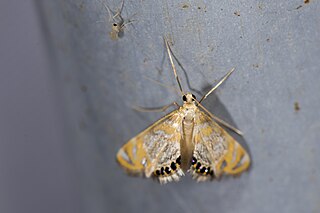
Nymphicula is a genus of moths of the family Crambidae.

Chilliwack Transit System operates the public transportation system for the City of Chilliwack in the Upper Fraser Valley of British Columbia, Canada. Funding is provided under a partnership between the city and BC Transit, the provincial agency which plans and manages municipal transit systems. handyDART provides door-to-door transportation for people whose disability prevents them from using conventional bus service.
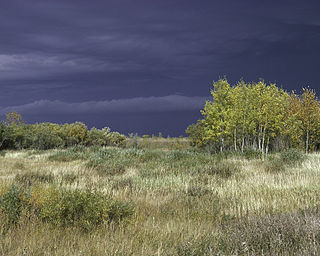
Agassiz National Wildlife Refuge is located in northwest Minnesota. Packs of wolves, moose, waterfowl, and 294 species of birds make this refuge a wildlife wonderland.
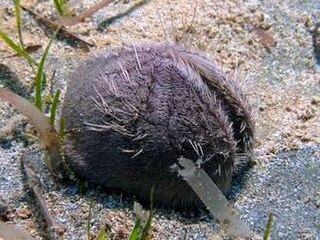
The heart urchins or Spatangoida are an order of sea urchins.

Leuciscinae is a subfamily of the freshwater fish family Cyprinidae, which contains the true minnows.
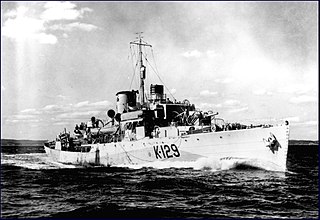
HMCS Agassiz was a Flower-class corvette of the Royal Canadian Navy. Named after the community of Agassiz, British Columbia, the ship was constructed by Burrard Dry Dock Co. Ltd. in North Vancouver, British Columbia and was launched on 15 August 1940. The corvette was commissioned on 23 January 1941 in Vancouver, British Columbia. The Flower class were initially designed for coastal service during the Second World War, but due to the demands of the Battle of the Atlantic, Agassiz was used primarily as an ocean escort for convoys crossing the Atlantic Ocean in engagements with German submarines. Following the war, the corvette was sold for scrap.

The Agassiz Glacier is located near the west coast of New Zealand's South Island. The Agassiz Glacier is a tributary of the larger Franz Josef Glacier, and is itself fed by the Chamberlin Snowfield and the Davis Snowfield. It is named after Louis Agassiz, a Swiss-American glaciologist, and was discovered and named by the German geologist, Sir Johann "Julius" von Haast.




















